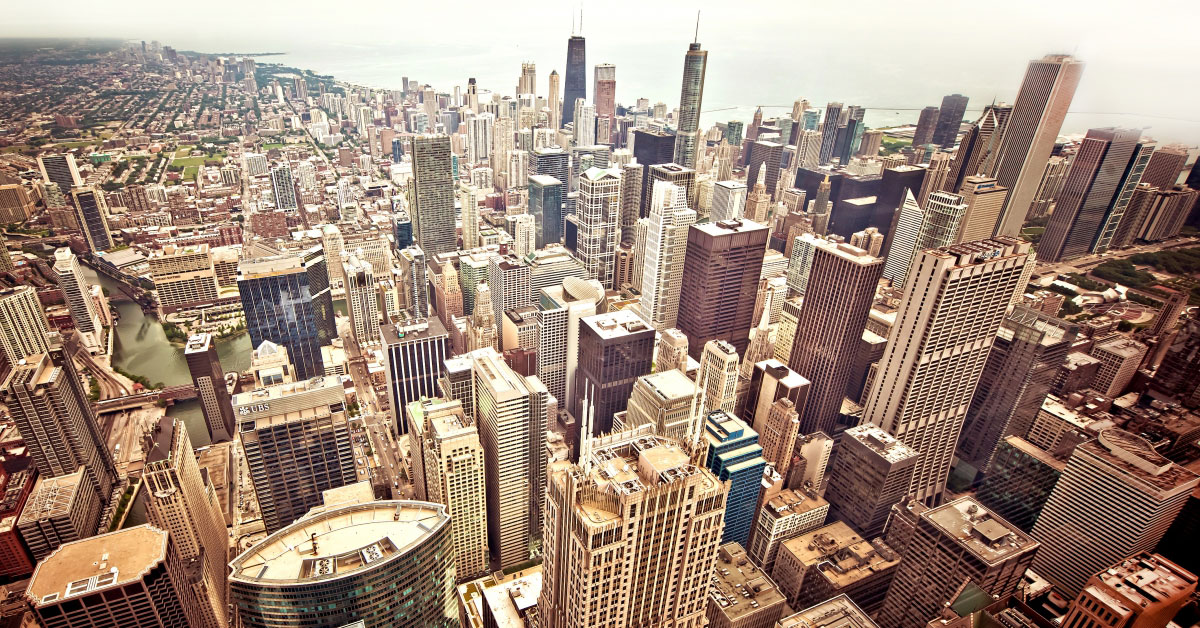Metropolitan Asphalt Paving

There is a growing problem in the world’s cities that has to be tackled by each in turn: Parking. While it may sound like a simple or trivial problem, it is actually quite the opposite. Parking lots account for much of the square footage of many US cities, and these areas are often considered to be essentially wasted space where nothing of value is added to the residents. Today, we’ll look at the issue of inner-city asphalt paving and some potential solutions.
Cutting Down the Parking Deserts
Above & Below Street Level
Parking lots at street level take up valuable, precious real estate. With even small plots of metropolitan land selling for six or seven figures, it’s no wonder that building developers look to above and below ground parking solutions. They do so not because they wish to provide parking for their patrons, but rather because city ordinances often mandate that parking accommodations be built into the construction plans. While it may seem like a no-brainer to simply build parking upwards or downwards, with ground-level access still usable for businesses and skyspace available for profitable housing, this is actually more difficult than one would imagine.
Vehicles are heavy, tall, and wide, forcing architects to design huge steel and concrete structures to safely house cars while they aren’t in use; it is estimated that a single parking space in an above or below ground structure can cost as much as 60,000 dollars, which can easily cause investors to back out of building proposals at the slightest sign of parking problems. So, while it may be easy to gripe about the lack of parking downtown and wonder why they don’t just build below street level, remember the exorbitant cost associated with that.
Wasted Space
The major argument against ground-level parking lots is that they create vast amounts of wasted space. In a metropolitan area, wasted space is extremely detrimental to the city’s inhabitants and visitors, as it makes everything further apart and more difficult to access by public transportation; this vicious cycle of parking lots creating wasted space leads to more people feeling that they need a car to get around, and, thus, more parking lots are needed to house the cars. Additionally, the asphalt paving used to create parking lots rarely create useful functions for those in the city, whereas the same space used for parks, public space, homes or businesses could add value to residents and visitors alike.
Merits of Public Transit
We want to leave our readers with a positive outlook on the future of parking and driving in the city, which is why we encourage our readers to use public transportation and off-site parking whenever possible. At American Sealcoating, we wholeheartedly support the Chicagoland park-and-ride systems, as well as all of its dedicated inner-city and suburban public transportation measures. By committing to cutting down on your Chicago driving and parking, you help to allow asphalt paving and ground-level parking lots to stay outside of the city limits and encourage city legislators and builders to adopt fresh new policies that reflect that change. While our business is creating and maintaining the city’s asphalt paving, we would be happy to see a little more inner-city green space and a little more suburban park-and-rides lots.
